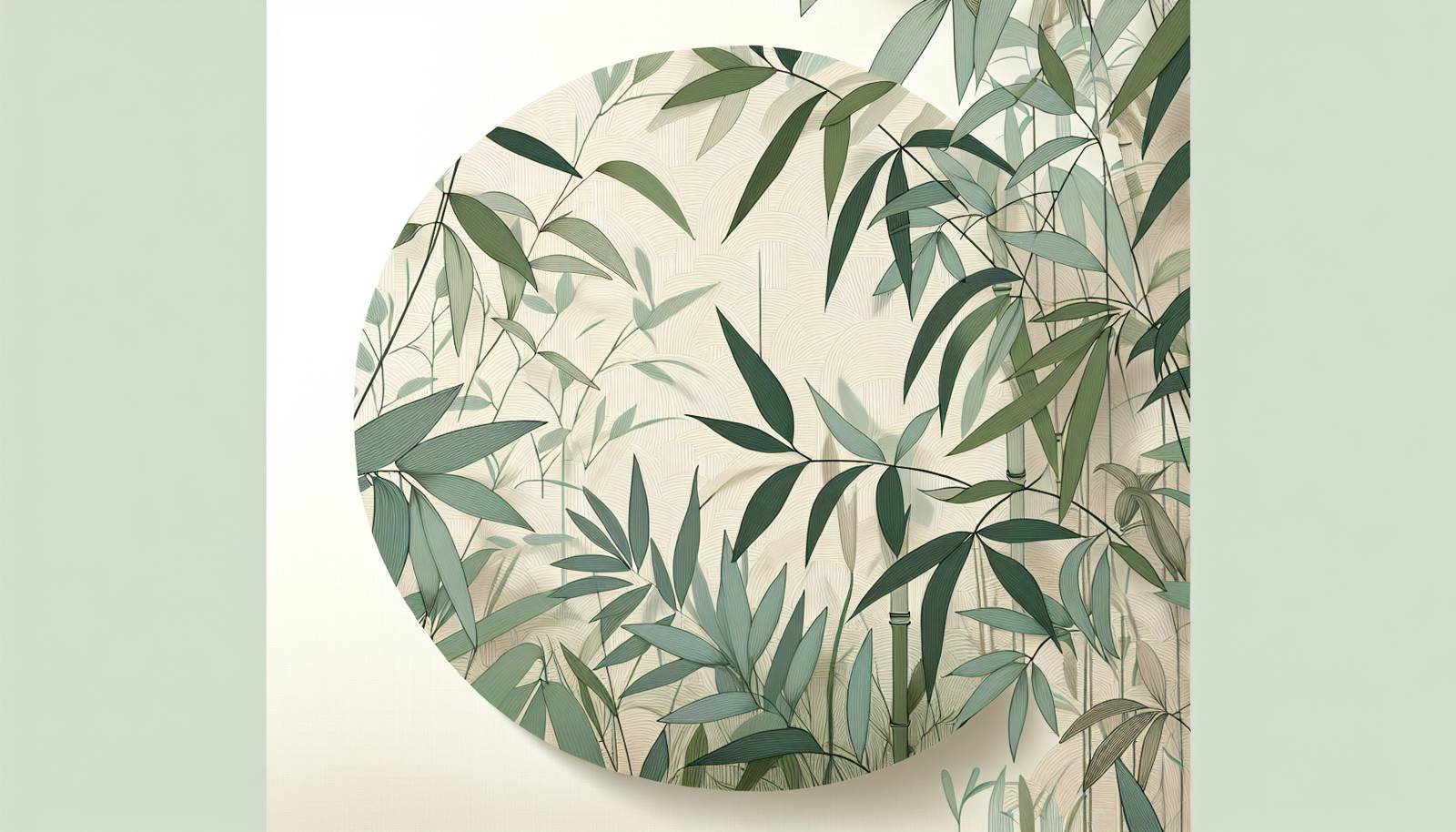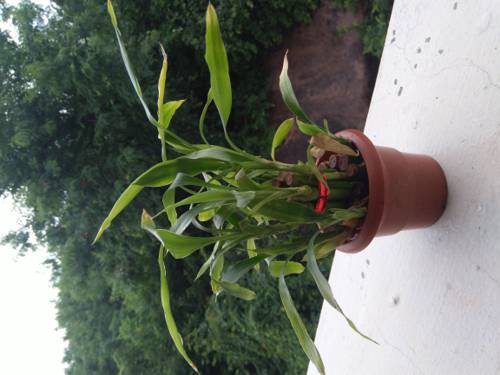
FAQ About Indoor Bamboo Plant Care

What type of bamboo is best for indoor cultivation?
Lucky Bamboo (Dracaena sanderiana) is the most common type of bamboo used for indoor cultivation. Though not a true bamboo, it is easy to care for, thrives in indirect light, and can grow in water or soil, making it a popular choice for indoor settings.

How often should I water my indoor bamboo plant?
Indoor bamboo plants should be watered once a week, making sure the soil remains moist but not waterlogged. If your bamboo is growing in water, change the water every two weeks to prevent it from becoming stagnant.

What kind of light does an indoor bamboo plant need?
Bamboo plants prefer bright, indirect sunlight. Direct sunlight can scorch the leaves, so it's best to place them near a window with filtered light. If natural light is insufficient, fluorescent lighting can be used as an alternative.

How do I prevent my indoor bamboo plant from turning yellow?
Yellowing of bamboo leaves can occur due to overwatering, underwatering, or too much direct sunlight. To prevent yellowing, ensure a balanced watering routine, provide indirect light, and avoid exposure to direct sun. Additionally, check for buildup of fluoride in the water if using tap water, as it can cause yellowing.

Can I grow bamboo in water, and how should I do it?
Yes, many indoor bamboo varieties, including Lucky Bamboo, can thrive in water. Use a vase with clean, filtered water and keep water levels sufficient to cover the roots. Refresh the water every two weeks and clean the container to prevent algae growth.

Is fertilizer necessary for indoor bamboo plants?
Bamboo plants benefit from occasional feeding. Use a balanced liquid fertilizer diluted to half strength every month during the growing season (spring and summer). Avoid over-fertilization to prevent root damage.

How can I propagate my indoor bamboo plant?
To propagate bamboo, cut a healthy shoot with at least one node and place it in water until roots develop. Once rooted, it can be planted in soil or kept in water. Ensure the cuttings are taken from a healthy, mature plant.

What are the common pests affecting indoor bamboo plants?
Common pests include spider mites, aphids, and mealybugs. Regular inspection and keeping the leaves clean can help prevent infestations. In case of pests, treat the plant with insecticidal soap or neem oil.

How do I prune an indoor bamboo plant?
Prune your indoor bamboo by cutting back any dead or yellowing leaves and stems. Use clean, sharp scissors and make cuts just above a node to encourage new growth. Regular pruning helps maintain size and promote healthy development.

What temperature is ideal for indoor bamboo plants?
Indoor bamboo plants prefer temperatures between 65°F and 80°F (18°C to 27°C). They should not be exposed to temperatures below 50°F (10°C) as cold drafts can damage the plant.

Can indoor bamboo plants survive in low light conditions?
While bamboo plants prefer bright, indirect light, they can tolerate low light for some time. However, prolonged low light may slow growth and lead to weaker, less vibrant plants. Consider supplemental lighting if natural light is insufficient.

Why does my indoor bamboo have brown tips?
Brown tips on bamboo leaves can result from low humidity, fluoride toxicity in water, or inconsistent watering. To remedy, ensure proper humidity through misting, use distilled water, and maintain even soil moisture.

How tall can indoor bamboo plants grow?
The growth of indoor bamboo plants varies, but most commonly grown varieties, like Lucky Bamboo, can reach heights of 1 to 3 feet. Larger bamboo species may require outdoor planting to reach their full potential.

What soil type is best for indoor bamboo plants?
Bamboo plants prefer well-draining soil. A mix of sand and potting soil or a cactus potting mix works well. Ensure the pot has proper drainage holes to prevent waterlogged conditions.

How can I increase humidity for my indoor bamboo plant?
Increase humidity by placing a tray filled with water and pebbles underneath the pot or by misting the plant regularly. Using a room humidifier can also help maintain adequate moisture levels around the plant.

Are indoor bamboo plants toxic to pets?
Lucky Bamboo is mildly toxic to pets if ingested, potentially causing vomiting or diarrhea. Keep the plant out of reach of curious pets if they tend to chew on plants.

How do I deal with curling leaves on my bamboo plant?
Curling leaves can indicate stress such as low humidity, insufficient watering, or sudden changes in temperature. Ensure the plant is well-watered, increase humidity, and maintain stable temperatures to resolve the issue.

Can I transplant my indoor bamboo to a larger pot?
Yes, bamboo plants can be transplanted to a larger pot when they outgrow their current one. Choose a pot slightly larger than the current size with proper drainage, and use fresh, well-draining soil. Spring is the best time for repotting to minimize stress.

How often should I clean my indoor bamboo plant?
Bamboo plants benefit from regular cleaning to remove dust and pests. Wipe the leaves gently with a damp cloth every few weeks. This helps keep the plant healthy and allows efficient photosynthesis.

What are the signs of overwatering in indoor bamboo plants?
Signs of overwatering include yellowing leaves, mushy stems, and root rot. To avoid overwatering, ensure proper drainage and only water the plant when the top inch of the soil is dry.
